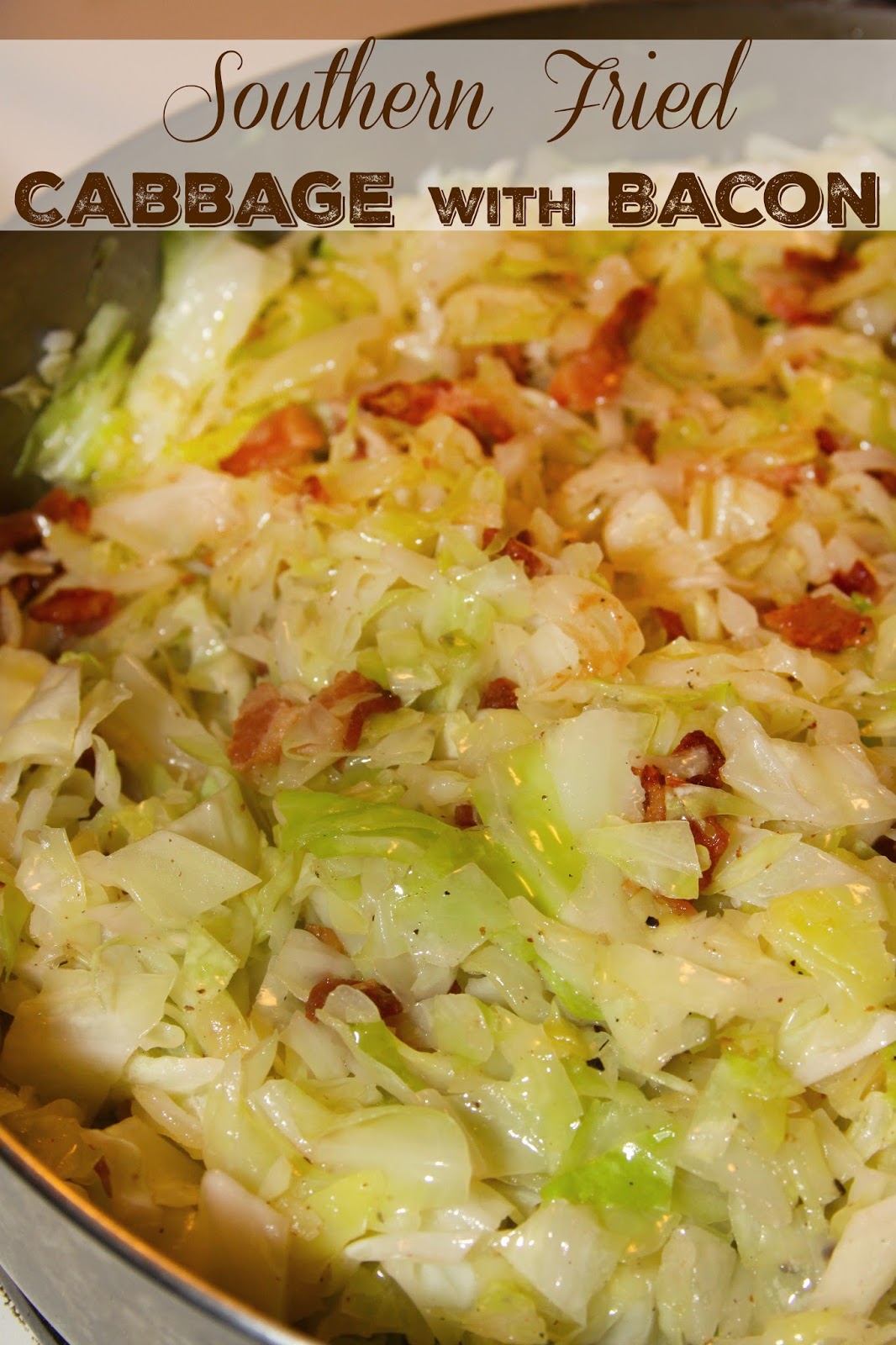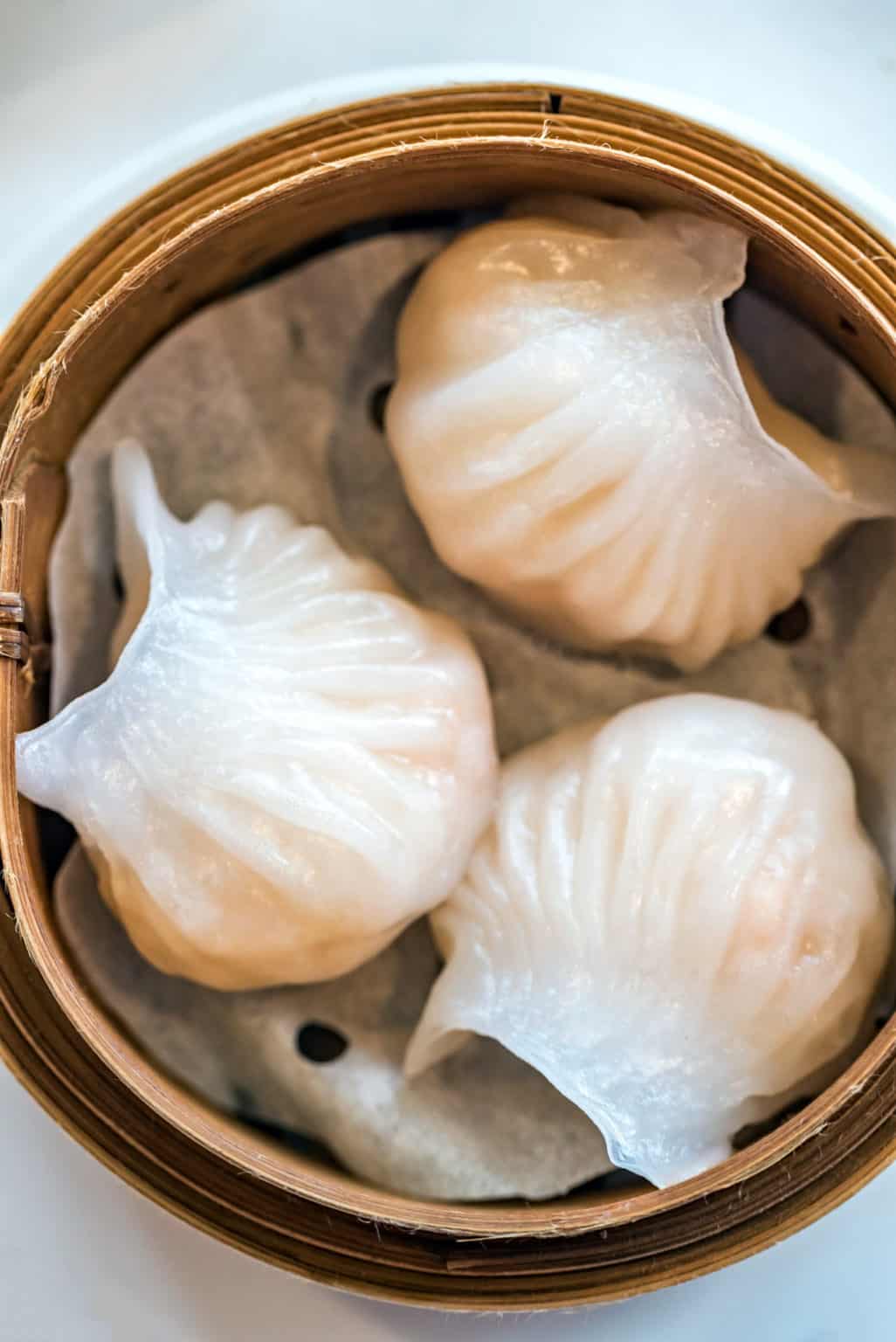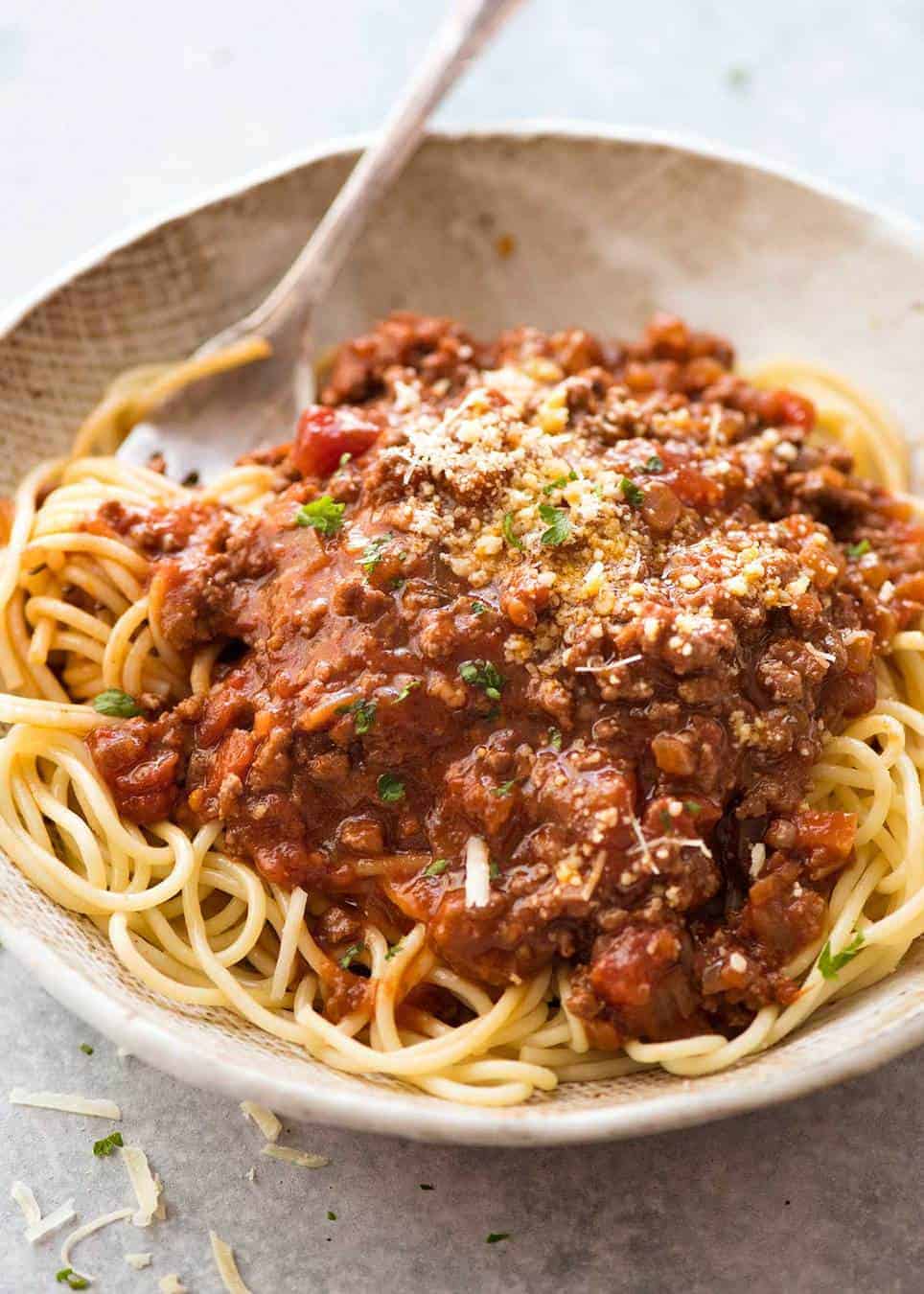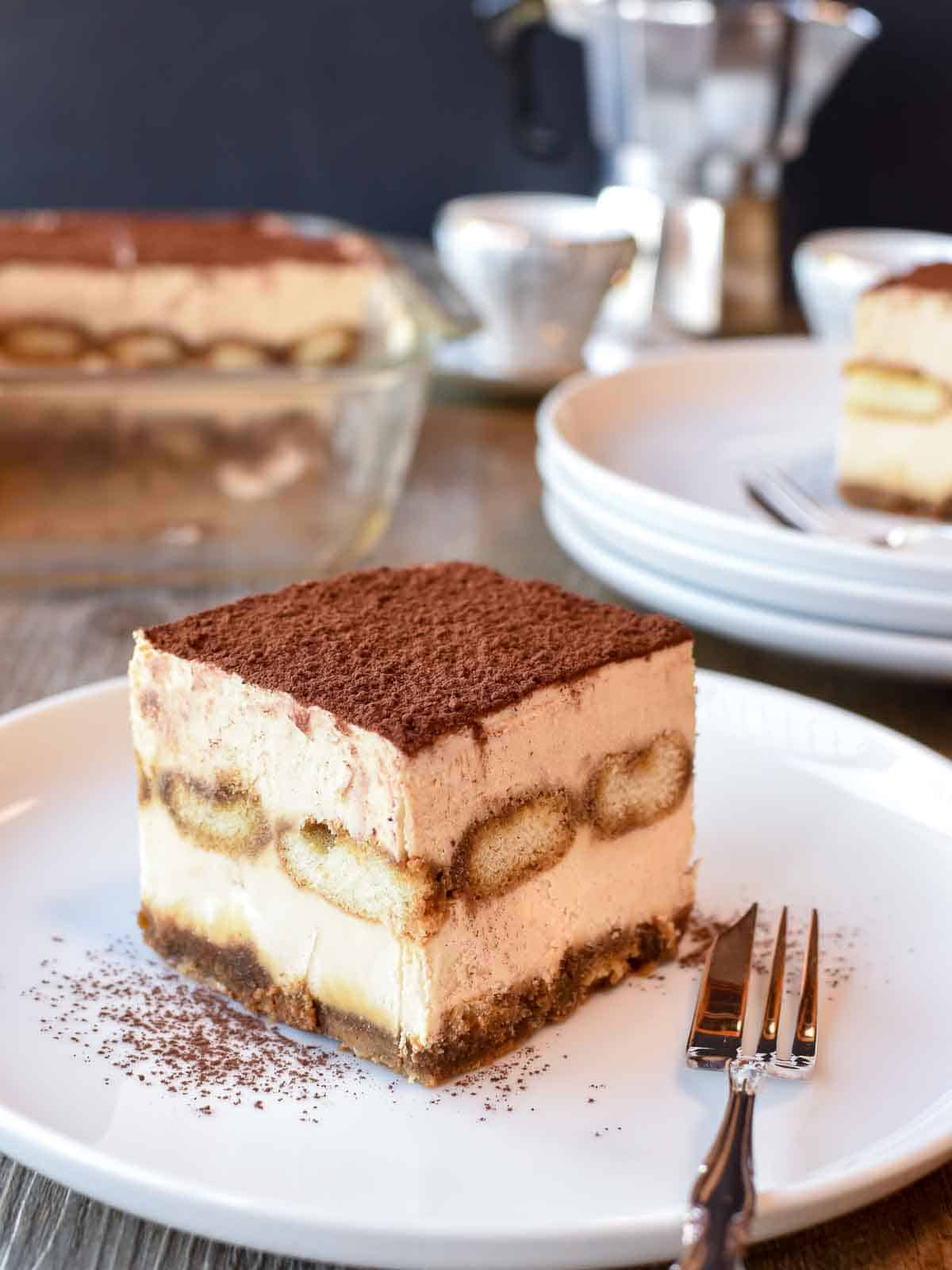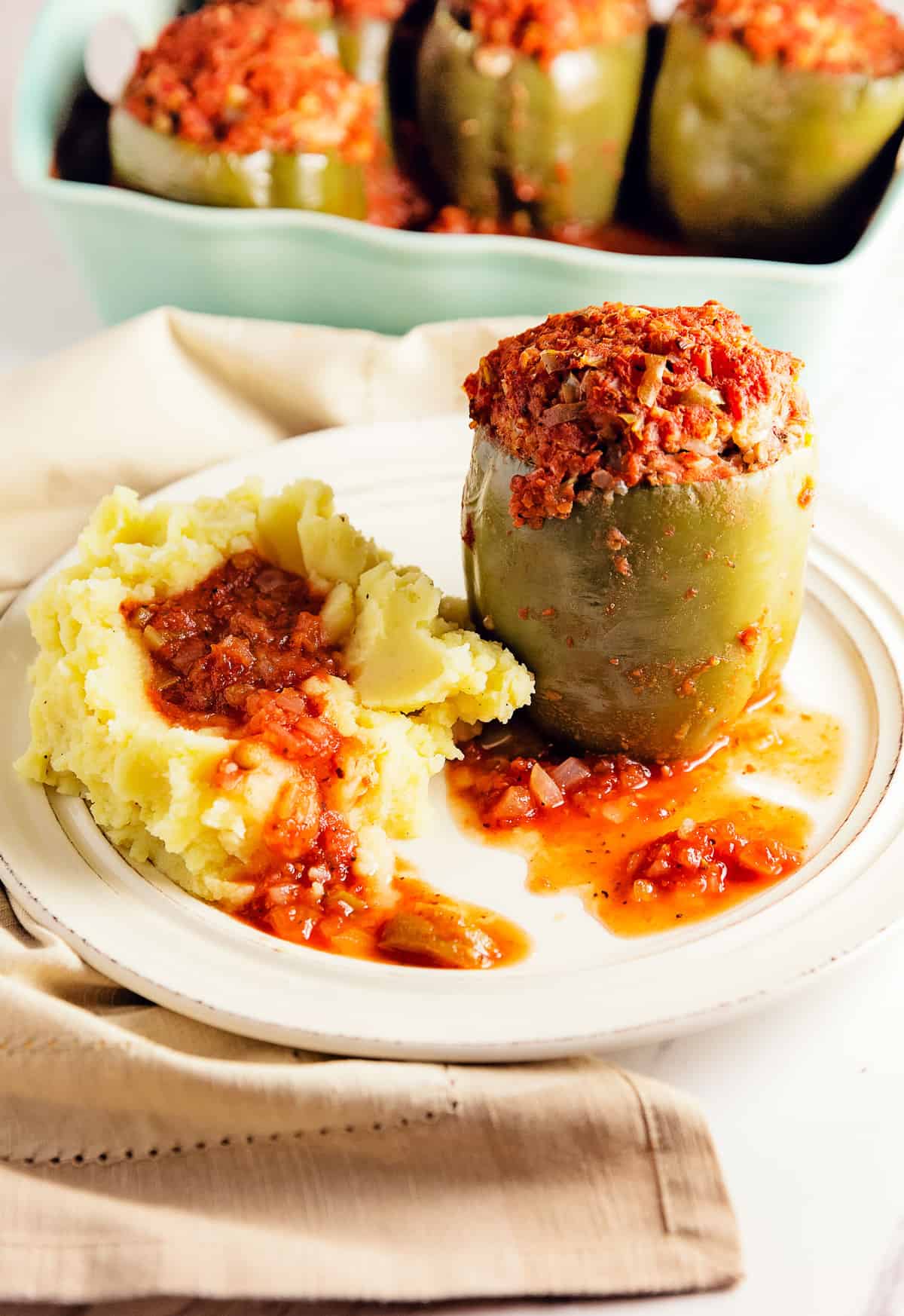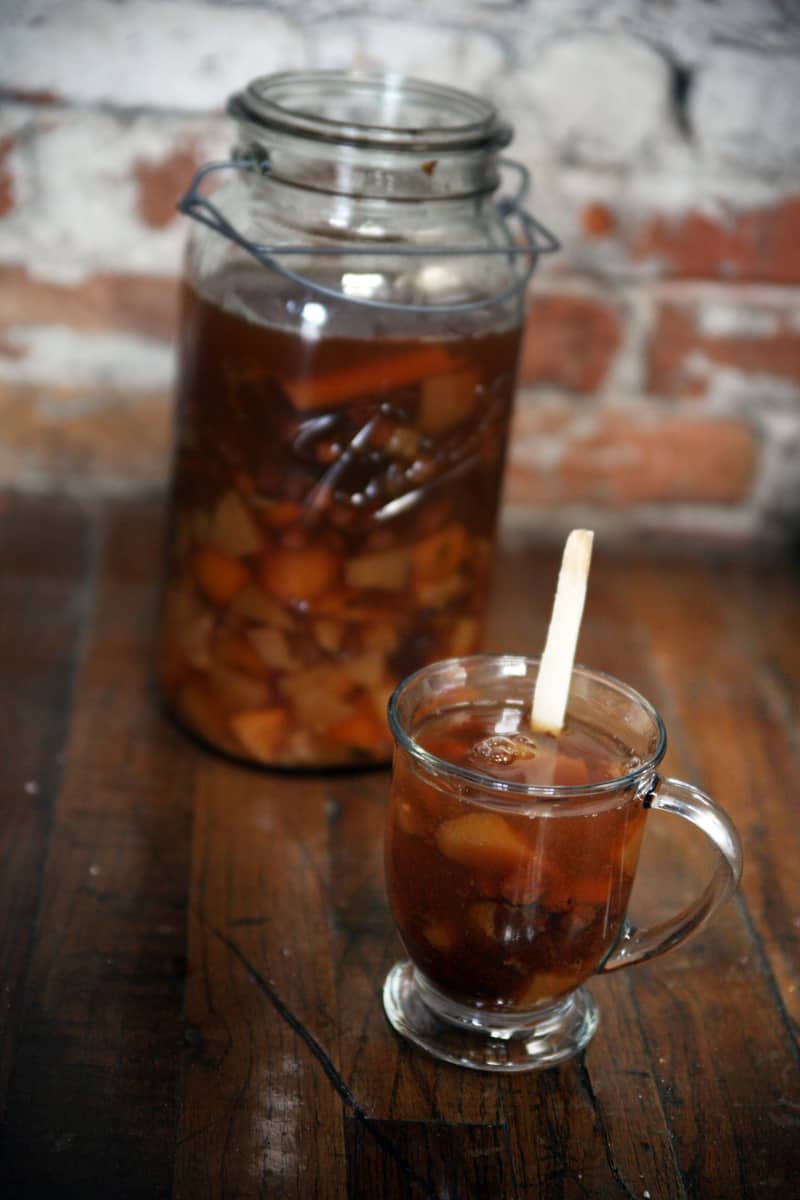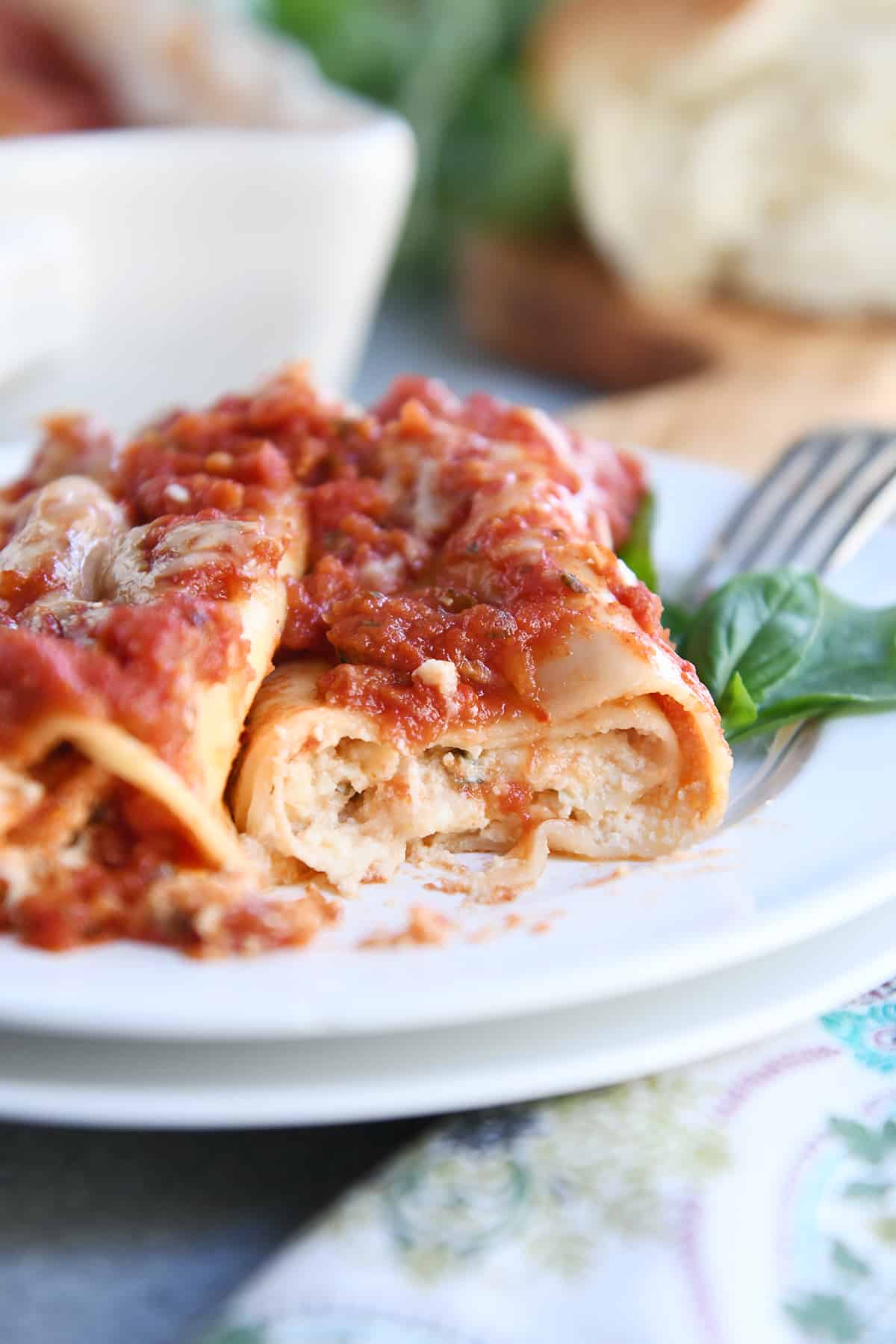The sfogliatelle is a traditional Italian pastry that originated in Naples and has become a popular treat all over the world. This flaky, crescent-shaped pastry is made with layers of thin dough and filled with a delicious creamy filling, typically made with ricotta cheese. While there are many variations of this classic pastry, the original recipe has stood the test of time and continues to be a favorite among pastry lovers.
The History of Sfogliatelle
The Origins of the Recipe
The sfogliatelle, also known as "lobster tails" due to its shape, can be traced back to the 17th century in the city of Naples. It is believed that the recipe was created by nuns in a convent as a way to use leftover dough and ricotta cheese. Over the years, the recipe has been passed down through generations and has become a staple in Italian bakeries.
The Evolution of Sfogliatelle
As the sfogliatelle gained popularity, bakers began to experiment with different variations of the original recipe. Some added different types of fillings such as chocolate or fruit, while others changed the shape or size of the pastry. However, the traditional sfogliatelle remains the most beloved and sought after version.
A Symbol of Italian Culture
The sfogliatelle has become more than just a delicious pastry. It has become a symbol of Italian culture and tradition. In Naples, it is a staple dessert during special occasions and holidays, such as Christmas and Easter. It has also become a must-try for tourists visiting Italy, as it represents the country's rich culinary heritage.
Making the Perfect Sfogliatelle
The Art of Layering
The key to a flaky and crispy sfogliatelle is in the layers of dough. The process of folding and rolling the dough is a delicate art that requires patience and precision. The layers are what create the signature flaky texture of the pastry, making it a unique and special treat.
The Creamy Filling
While the dough is important, the filling is what truly makes the sfogliatelle irresistible. The traditional filling is made with ricotta cheese, sugar, and candied fruit, but variations can include chocolate, almond paste, or even Nutella. Whichever filling you choose, make sure it is creamy and smooth to complement the flaky layers of the pastry.
Mastering the Technique
Making sfogliatelle is not an easy task and requires practice and skill. The dough must be rolled out thinly and evenly, and the filling must be evenly distributed to achieve the perfect balance of pastry and filling. If attempting to make sfogliatelle at home, it is best to follow a trusted recipe and take your time to master the technique.
In conclusion, the sfogliatelle is not just a pastry, but a symbol of Italian tradition and culture. Its rich history and unique flavor make it a must-try for any pastry lover. Whether enjoying it in a traditional bakery in Naples or attempting to make it at home, the sfogliatelle is a delicious treat that will transport you to the streets of Italy with every bite.
Converting to HTML:
The sfogliatelle is a traditional Italian pastry that originated in Naples and has become a popular treat all over the world. This flaky, crescent-shaped pastry is made with layers of thin dough and filled with a delicious creamy filling, typically made with ricotta cheese. While there are many variations of this classic pastry, the original recipe has stood the test of time and continues to be a favorite among pastry lovers.
The History of Sfogliatelle
The Origins of the Recipe
The sfogliatelle, also known as "lobster tails" due to its shape, can be traced back to the 17th century in the city of Naples. It is believed that the recipe was created by nuns in a convent as a way to use leftover dough and ricotta cheese. Over the years, the recipe has been passed down through generations and has become a staple in Italian bakeries.
The Evolution of Sfogliatelle
As the sfogliatelle gained popularity, bakers began to experiment with different variations of the original recipe. Some added different types of fillings such as chocolate or fruit, while others changed the shape or size of the pastry. However, the traditional sfogliatelle remains the most beloved and sought after version.
A Symbol of Italian Culture
The sfogliatelle has become more than just a delicious pastry. It has become a symbol of Italian culture and tradition. In Naples, it is a staple dessert during special occasions and holidays, such as Christmas and Easter. It has also become a must-try for tourists visiting Italy, as it represents the country's rich culinary heritage.
Making the Perfect Sfogliatelle
The Art of Layering
The key to a flaky and crispy sfogliatelle is in the layers of dough. The process of folding and rolling the dough is a delicate art that requires patience and precision. The layers are what create the signature flaky texture of the pastry, making it a unique and special treat.
The Creamy Filling
While the dough is important, the filling is what truly makes the sfogliatelle irresistible. The traditional filling is made with ricotta cheese, sugar, and candied fruit, but variations can include chocolate, almond paste, or even Nutella. Whichever filling you choose, make sure it is creamy and smooth to complement the flaky layers of the pastry.
Mastering the Technique
Making sfogliatelle is not an easy task and requires practice and skill. The dough must be rolled out thinly and evenly, and the filling must be evenly distributed to achieve the perfect balance of pastry and filling. If attempting to make sfogliatelle at home, it is best to follow a trusted recipe and take your time to master the technique.
In conclusion, the sfogliatelle is not just a pastry, but a symbol of Italian tradition and culture. Its rich history and unique flavor make it a must-try for any pastry lover. Whether enjoying it in a traditional bakery in Naples or attempting to make it at home, the sfogliatelle is a delicious treat that will transport you to the streets of Italy with every bite.

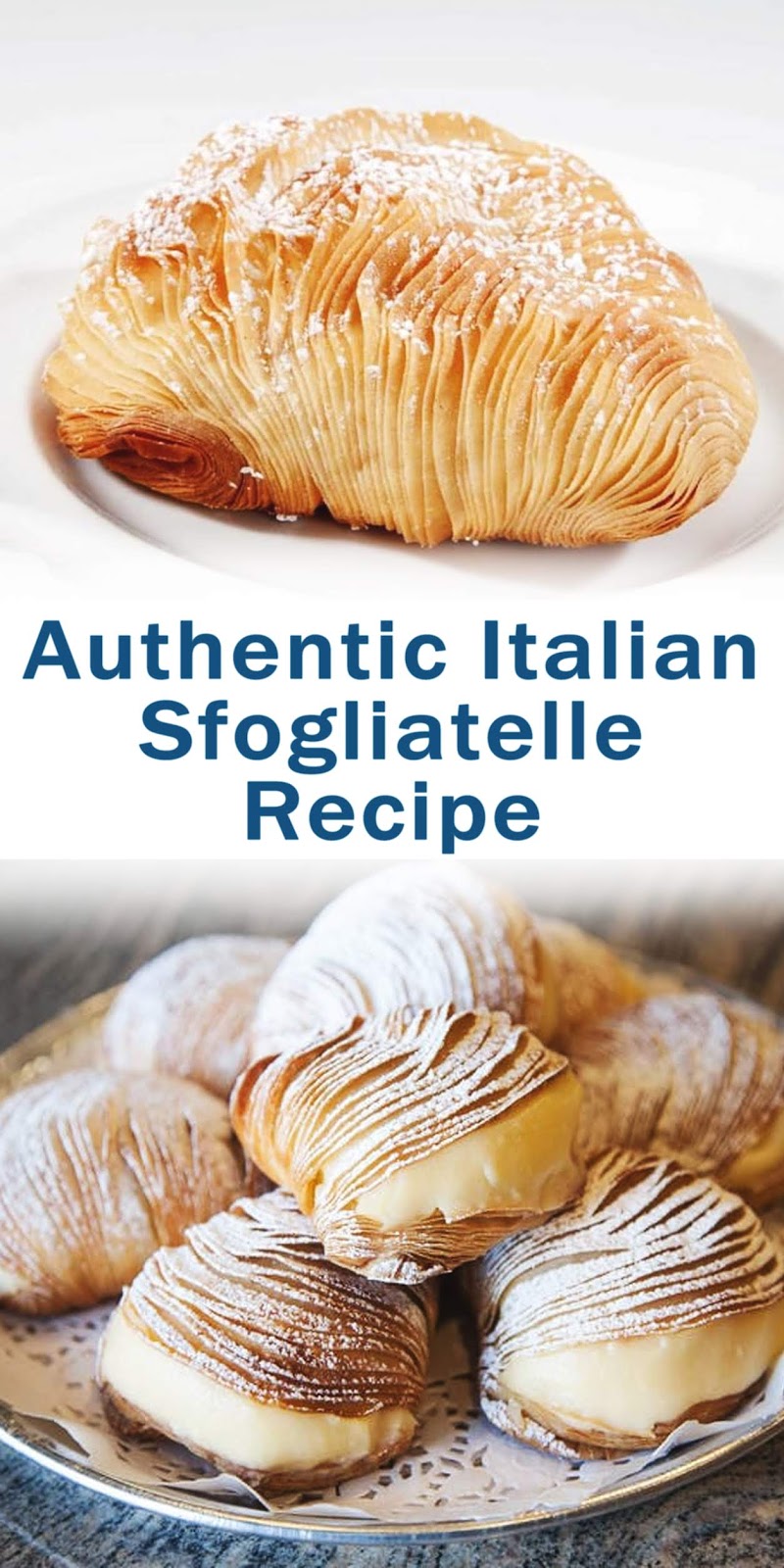
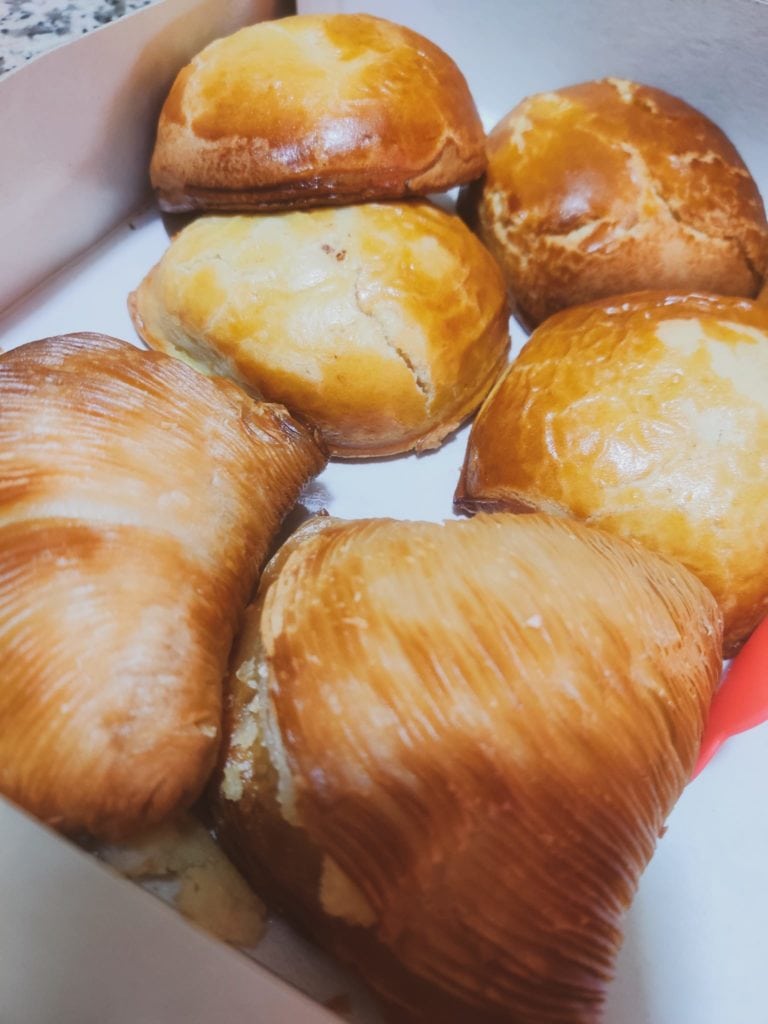





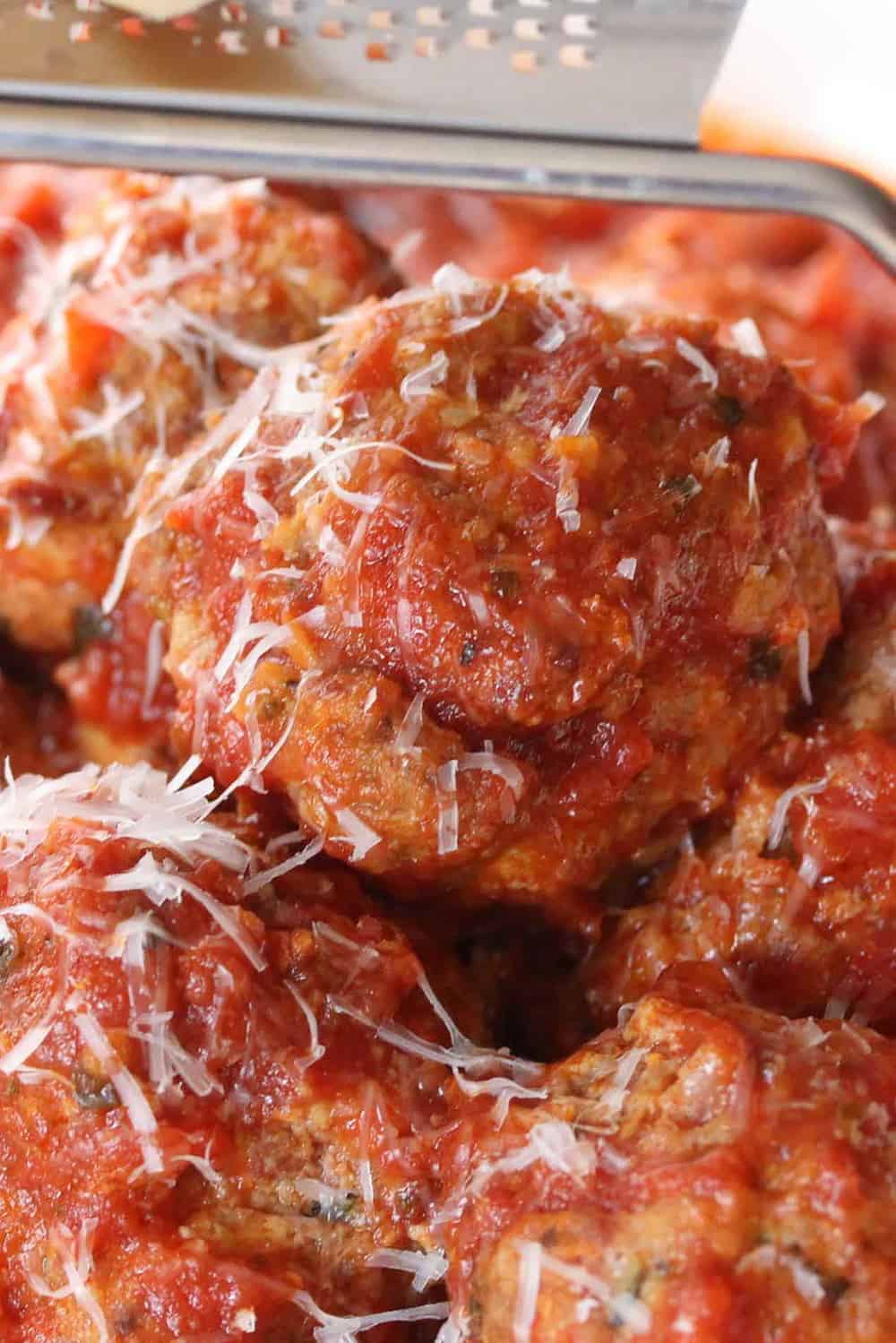















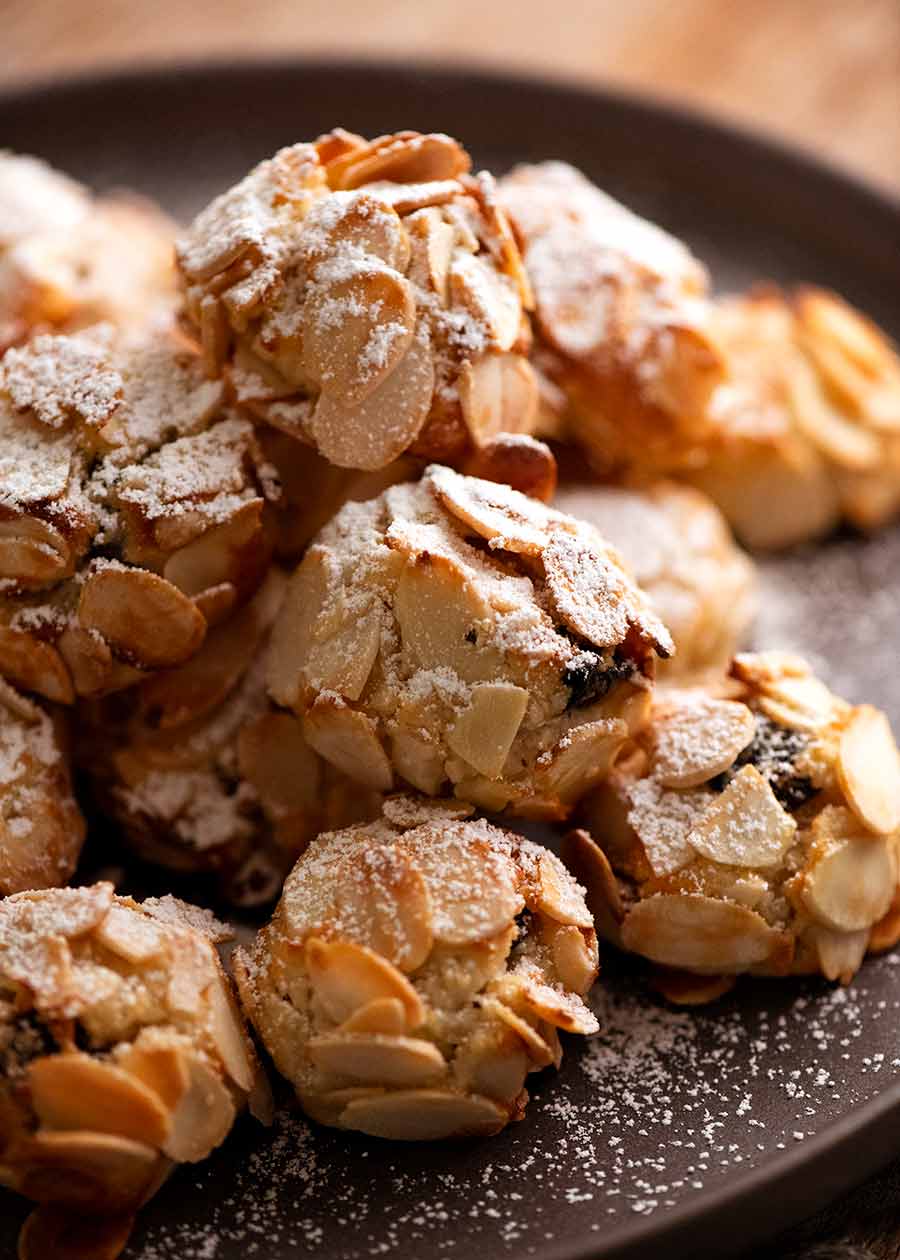


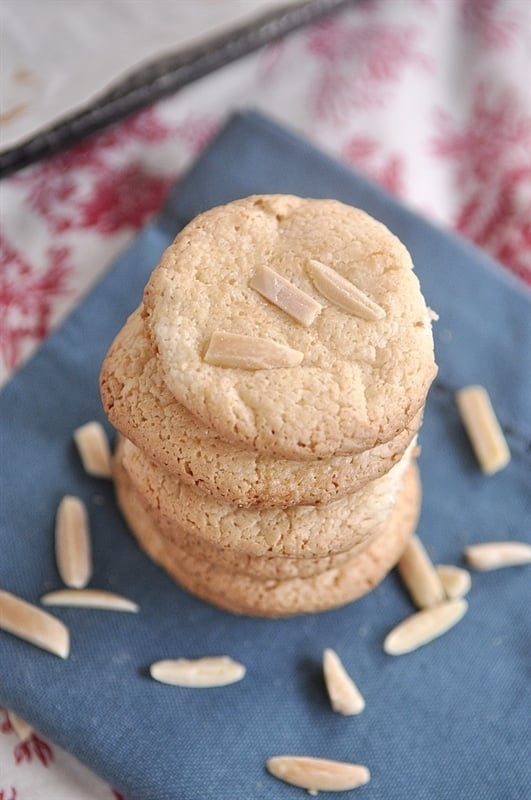











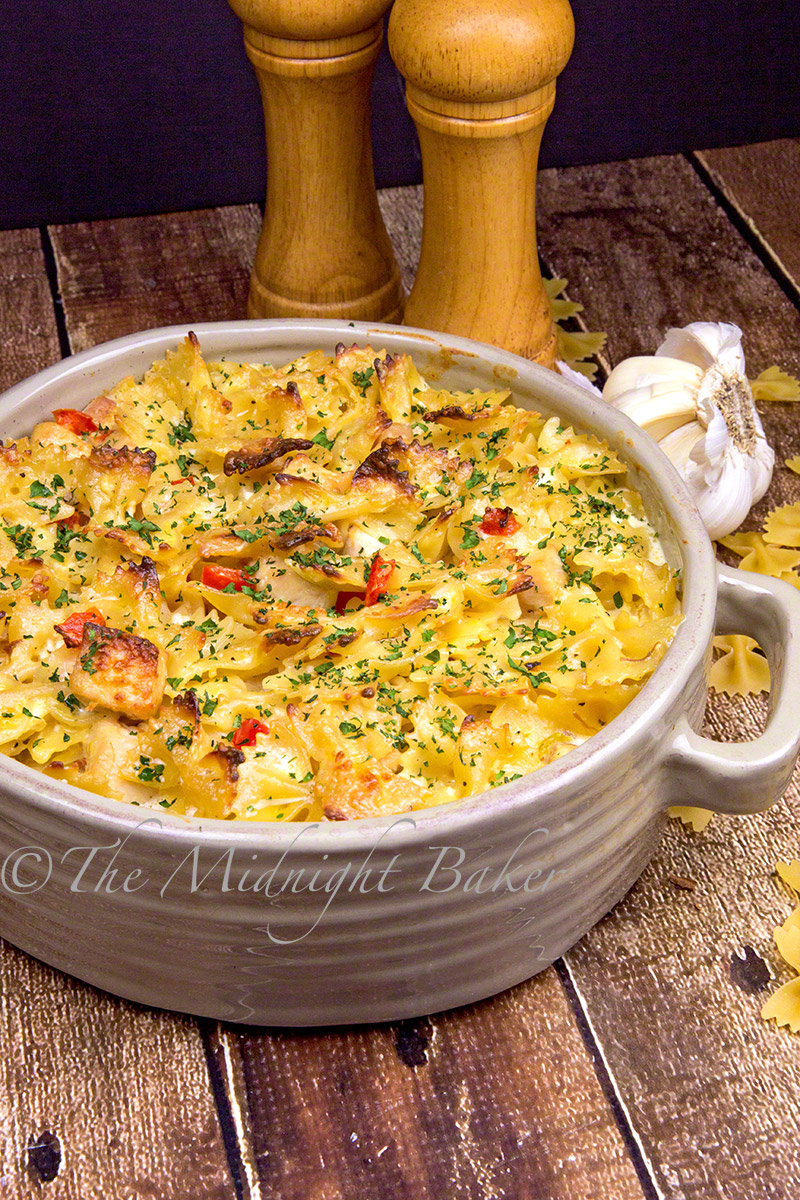







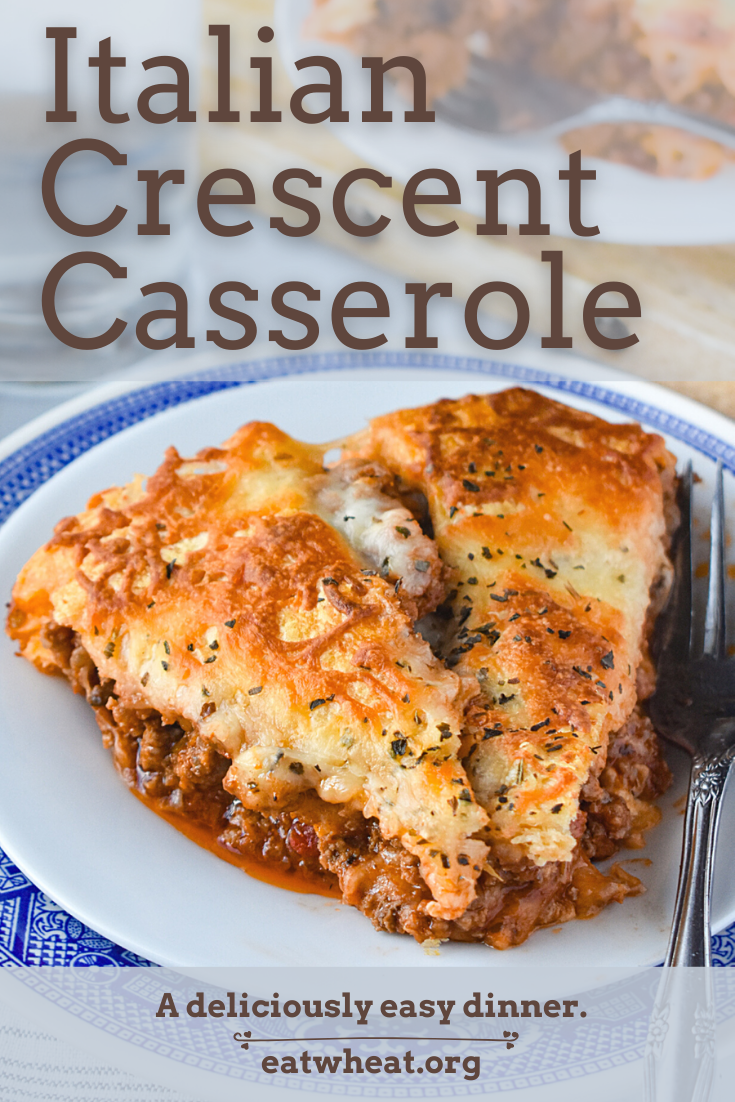








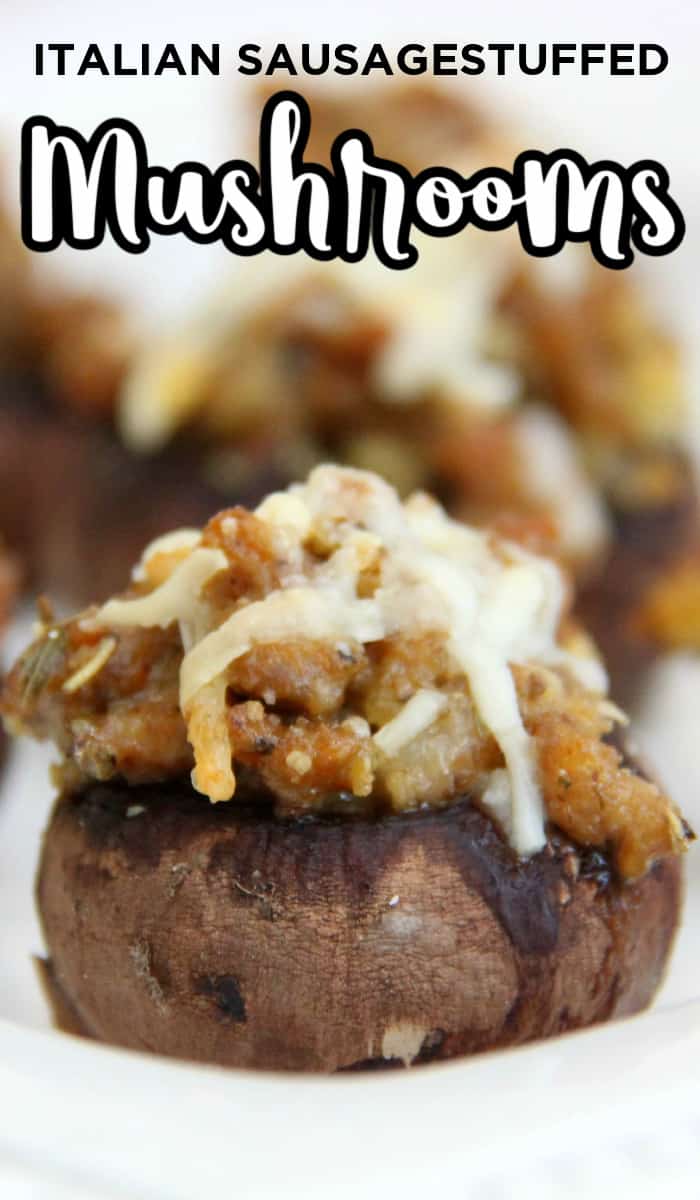




















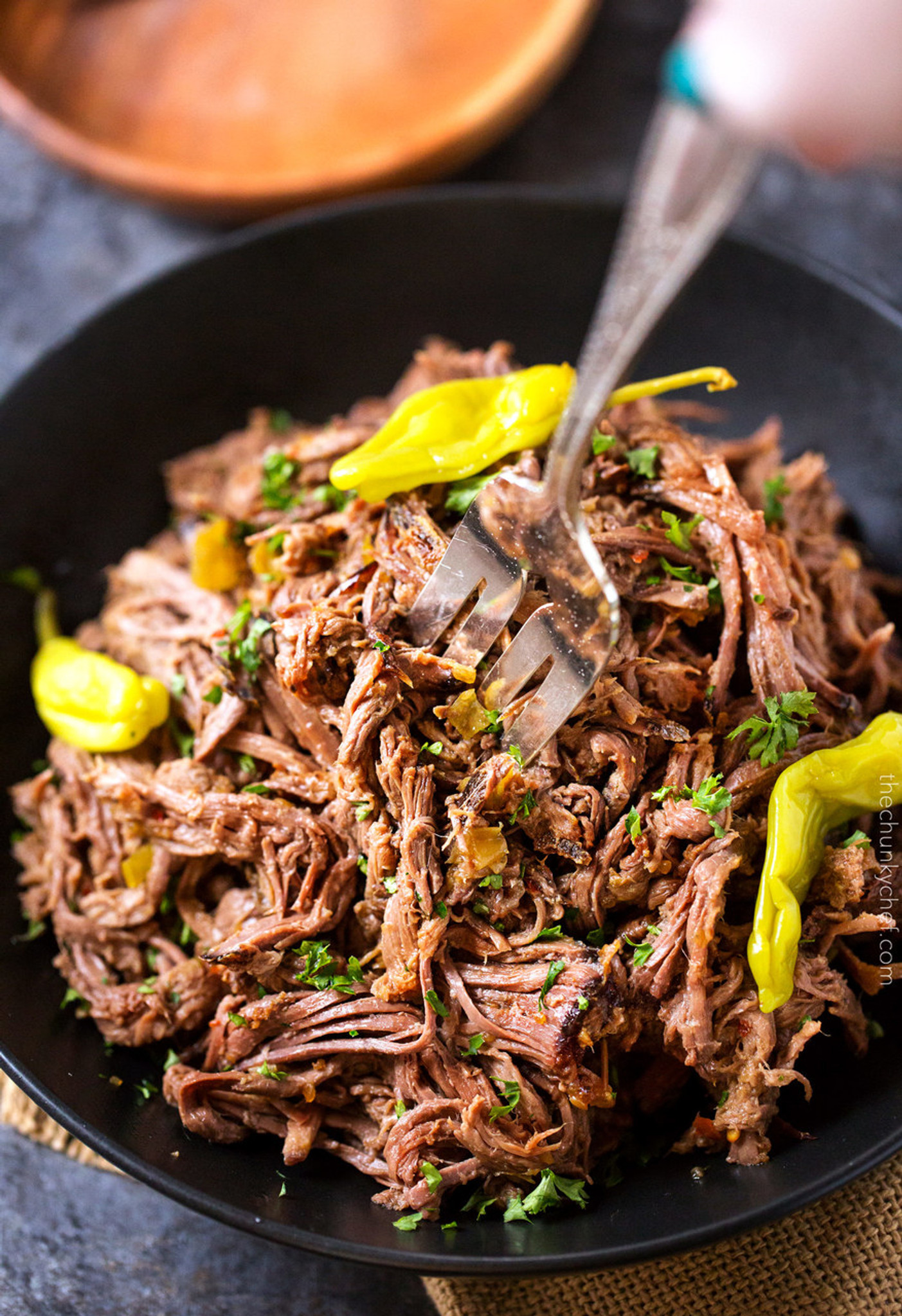







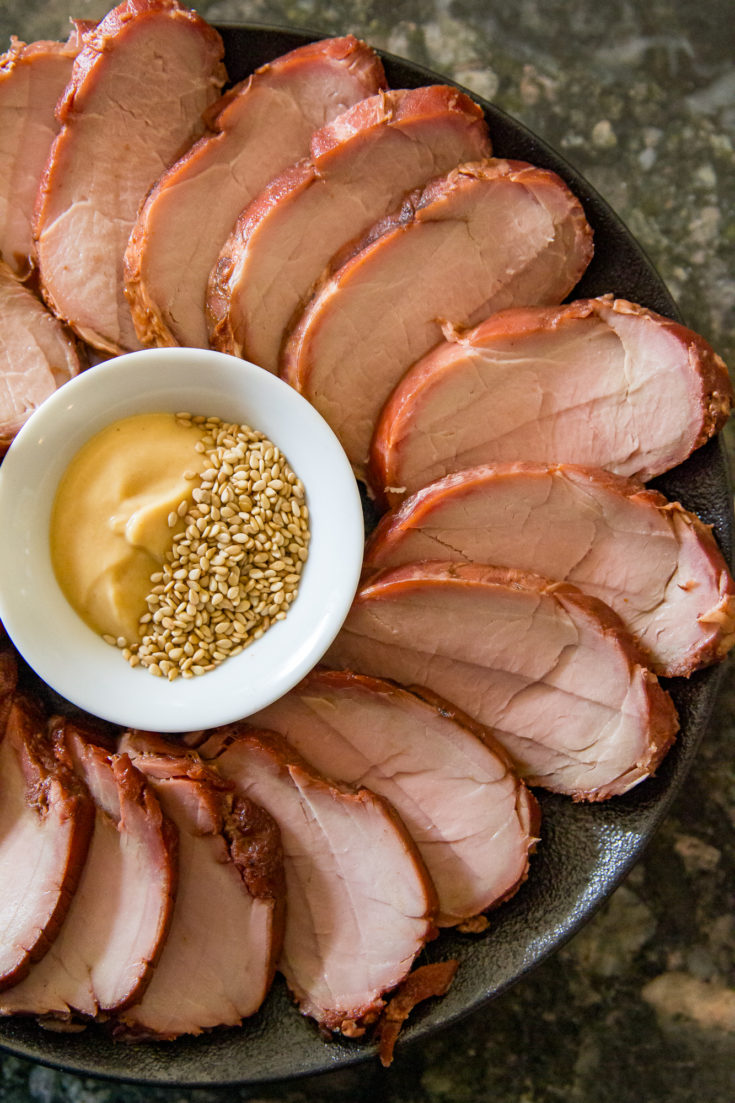





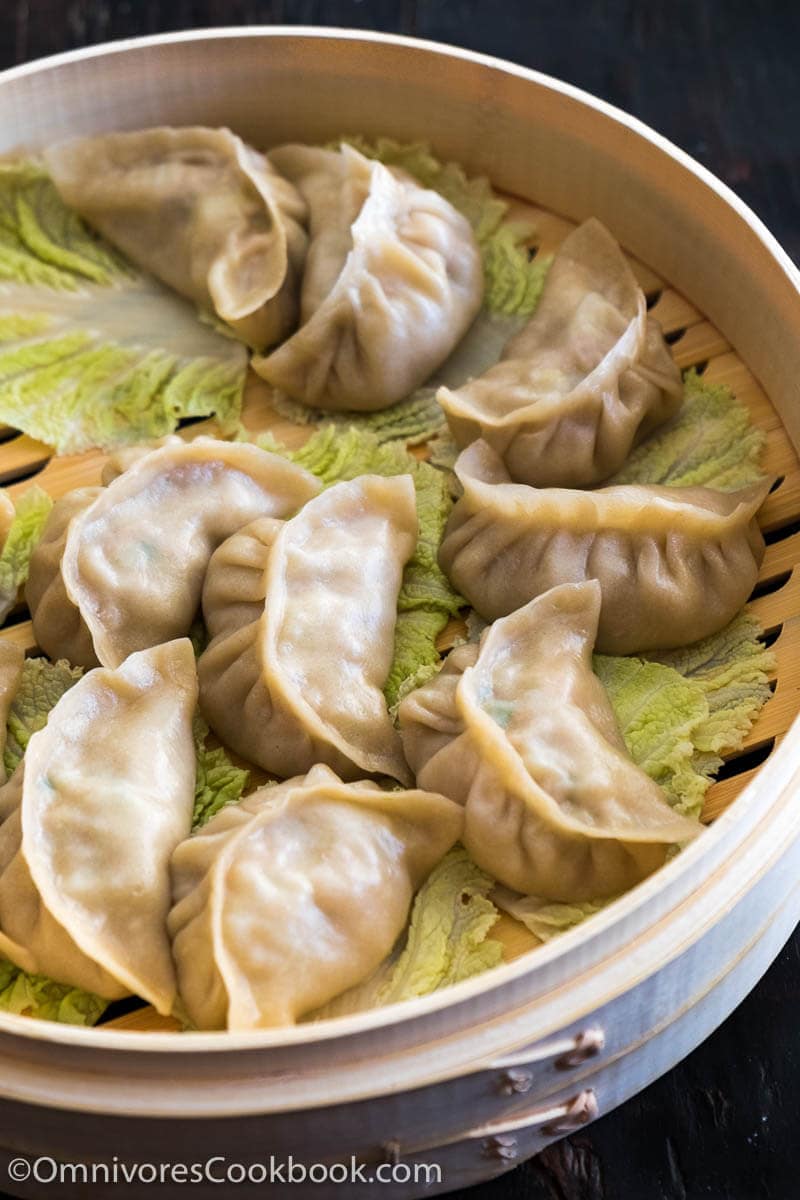















:max_bytes(150000):strip_icc()/__opt__aboutcom__coeus__resources__content_migration__simply_recipes__uploads__2019__07__Fresh-Tomato-Salsa-LEAD-1b-4db861cdf9724787a6adb93bb0d365dd.jpg)





